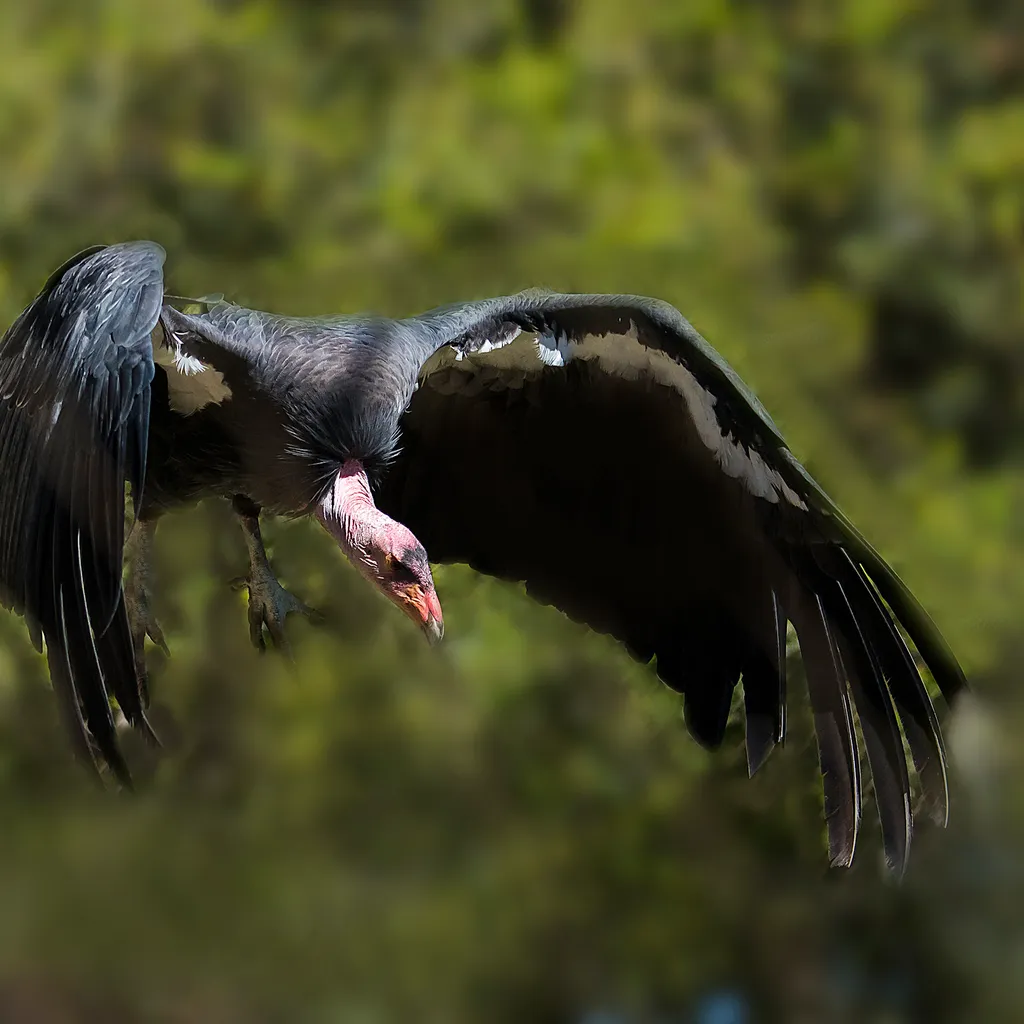Scavengers are often stigmatised and their names have negative connotations. We call people ‘vultures’ if they wait to exploit vulnerable individuals, and those who ‘laugh like hyenas’ are loud, foolish or hysterical. But despite these stereotypes, scavengers can be useful.
What are scavengers?
Scavengers are an organism that feeds on dead organic material. Whereas a predator kills prey, a scavenger consumes matter that’s been discarded or died from predation, injury, disease or old age. Some species are ‘obligate scavengers’ that survive by scavenging, others are ‘facultative scavengers’ that scavenge when necessary.
What do scavengers eat?
Everything from body parts to faeces! Many animal scavengers are omnivores. They aren’t picky eaters and thrive on human activity – waste in rubbish bins feeds foxes and raccoons (nicknamed ‘trash pandas’), and cars make roadkill for crows.
But most scavengers prefer specific items from nature’s menu of dead delicacies. Some dung beetles are herbivores that eat partly-digested plant material in poo, for instance, others are meat-eaters that eat flesh from carrion.
How do carnivores find carrion?
Carrion-eaters need good eyesight and/or smell to detect a dying creature or rotting carcass. Odours of decay – normally the signal that a meal could cause sickness – repel most animals but will attract scavengers from far and wide.
In habitats such as the bottom of the ocean, carrion provides a rare bounty. Though dead whales occasionally wash-up on shore, most sink to the seafloor. Here, animals devour soft tissues before Osedax worms drill for oily nutrients that their symbiotic bacteria turn into organic molecules that not only fuel the worms, but ultimately the whole ecosystem. On land, carrion is a more frequent (albeit unpredictable) food source: vultures can follow a wounded animal, hyenas can bully cheetahs off the prey they chased.
Are all hyenas scavengers?
No! Contrary to popular belief, only two of the four living species, brown and striped, are primarily scavengers. Both mainly forage for dried flesh from a large carcass but will supplement this with small vertebrates, fruit or insects.
The other species have contrasting diets: the dog-like aardwolf eats termites and the spotted hyena is an apex predator with a complex social system. Spotted hyenas usually hunt alone, but a clan can bring down zebra or even buffalo.
Are vultures scavengers?

All but one of the 23 vulture species are obligate scavengers, but they don’t have a common ancestor and consist of two separate groups. Old World vultures belong to the same family as eagles and hawks, while New World vultures include Andean and California condors and often have a superior sense of smell.
Through convergent evolution, the two groups independently acquired similar features for carrion feeding and their adaptations include broad wings to soar vast distances and find food, plus a bald head to keep cool and to stop feathers being covered in flesh.
Different species have distinct feeding niches. In Africa, for example, the lappet-faced vulture tears off tough hide and ligaments with its powerful beak; the white-backed vulture and Rüppell’s griffon (the world’s highest-flying bird) gorge on internal organs; hooded and white-headed vultures pick scraps; and the bearded vulture drops bones to smash them into pieces small enough to swallow.
Why are vultures especially important?
By stripping a carcass, vultures speed-up the process of decomposition that’s then continued by microbes, insects, worms and fungi recycling whatever the birds leave behind. Vultures are also keystone scavengers because as they circle a dying creature, they lead other animals to food.
But their stomachs are acidic enough to destroy deadly pathogens that can be transmitted (from leftover carrion) by other scavengers, such as rats. Thanks to the speed and efficiency with which the birds clean carrion and help prevent the spread of disease, African vultures have earned the title ‘soap of the savannah’.
More by JV Chamary
- What is sleep and why do animals need to sleep?
- Fight or flight response: what it is and why it's key for survival
- Torpor: what it is, why it's important and how torpor differs to hibernation and sleep
top image: Spotted hyena (Crocuta crocuta) and white-backed vulture (Gyps africanus) on a carcass © Getty Images